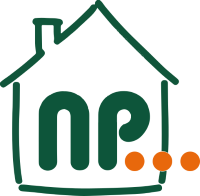
Consumer champion Which? has published an e-guide and video for landlords offering advice on filing self-assessment tax returns.
As the deadline of January 31 draws closer, the organisation has come up with tips and suggestions that are particularly relevant to buy-to-let landlords.
These include examples of the kinds of costs and expenses that can be legitimately deducted as well as explanations of how to work out taxable income.
It says: “When calculating your final tax bill, you’ll need to add your rental profits to any other income you’ve earned during that tax year.
“For example, if you earn £40,000 in your day job, you’ll pay tax on everything above £12,570 at the basic rate of 20 per cent.
“If you then add £15,000 in rental income (making a total of £55,000), this will push you into the next tax bracket, meaning you’ll pay 20 per cent on your income between £12,571 and £50,270, then 40 per cent on the remaining £4,730.”
It also highlights the fact that the first £1,000 of rental income each year is tax-free, so if landlords took in less than this across their residential properties, then they will not need to fill out a tax return.
“If your income was between £1,000 and £2,500, you may not need to complete a return, but you’ll need to contact HMRC for further advice,” it stresses.
“Buy-to-let landlords who brought in more than £2,500 in rental income over the tax year must complete a self-assessment tax return.”
For more information click here.

